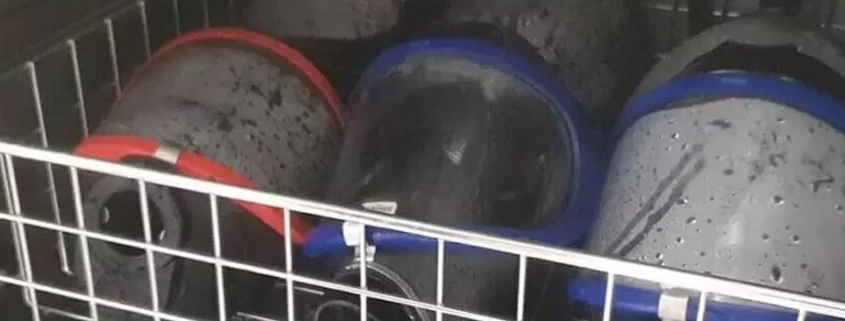Mask Cleaning and Maintenance
Cleaning respiratory protection masks
The facepiece of a respirator (a gas mask, half mask, full face mask, or hood) is the most sensitive piece of equipment because it is in close contact with the breathing user. Over time and with repeated use, this part can become dirty and contaminated with dust, condensation, sweat, and even bacteria.
of the mask In addition to maintenance and annual control Regular cleaning is also a hygienic issue;
- Eliminate dust, dirt and bacteria build-up
- Prevent fungal growth
- Reduce device replacement costs
- Maintain the protective performance of equipment
- Assure the user that the mask is clean and healthy
Mask cleaning with disinfectant wipes
At least, mask cleaning It can be done using a solution of water and a non-aggressive detergent (according to the manufacturer's recommendations) or appropriate disinfectant wipes. However, this practice has some disadvantages: it requires close attention to the expiratory valves and mask sealing, but above all it does not guarantee complete disinfection in every corner of the mask.
Good mask cleaning practices
Good practice for cleaning PPE masks, which are more complex to apply, involves several steps, ranging from high water washing to bagging the mask after washing and disinfection. After the mask is washed with a large amount of water, it is placed in a special washing machine using a special cleaning and disinfection product with a suitable temperature program for perfect cleaning and hygiene. It is then dried at temperature to ensure the elimination of any germs or bacteria. After drying, it is individually sealed and packaged, proving that it is healthy and suitable for use.
Banning practices
Some reflexes and unwise advice encourage cleaning techniques that can damage a PPE mask, such as using aggressive detergents, talcum powder or glass cleaning products for the visor. These products should be avoided because they pose risks of dermal transmission, inhalation, and material degradation. If the mask is being washed by hand, it is important to proceed gently to avoid damaging fragile elements of the mask such as the sealing skirt, panoramic visor, exhalation valve or phonic membrane.
Also note that gas mask filters cannot be cleaned, a passage through water will render them unusable. don't forget . Likewise, disassembling and “dusting” cleaning a filter cartridge will irreversibly affect its filtration capacity. In case of doubt, it is important to refer to the care recommendations detailed in the manufacturer's instructions.
Periodic control of respiratory protective equipment
Gas masks, PAPRs (powered air-purifying respirators), supplied air respirators and self-contained breathing apparatus (SCBA) are class III personal protective equipment. The decree of 19 March 1993 requires periodic inspection and control of category III PPE by an approved maintenance center once a year to verify their proper functioning.



